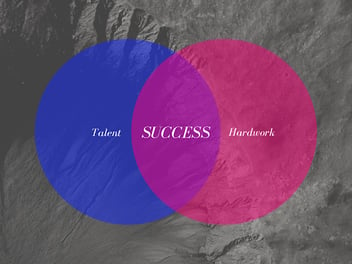
When we trust our teammates, we have confidence in them. We believe in their integrity, strength, and ability to perform difficult tasks. But there’s shallow trust and deep trust—and as a leader, it’s important to know the difference.
To tell if there’s deep trust within your teams, first understand that two types of trust exist.
The first, predictive trust, is when you know someone well enough to predict what they may do. Predictive trust is stable, but it’s also shallow. It limits a person only to a specific aspect of who they are and what they have done in the past. It’s based on patterns and perception, not on relationships.
The other type of trust is vulnerability-based trust. Vulnerability-based trust is primarily built on relationships. It’s a deeper level of trust that shows you believe in people beyond what they’ve already proven. As a leader, you should strive to build vulnerability-based trust within your team.
When teams operate from a place of predictive trust, they see only in terms of what they know. With vulnerability-based trust, they see what is possible. When you operate from this place, you empower your people to go beyond their skill sets. The more you do, the more they will reward that trust through exemplary effort.




